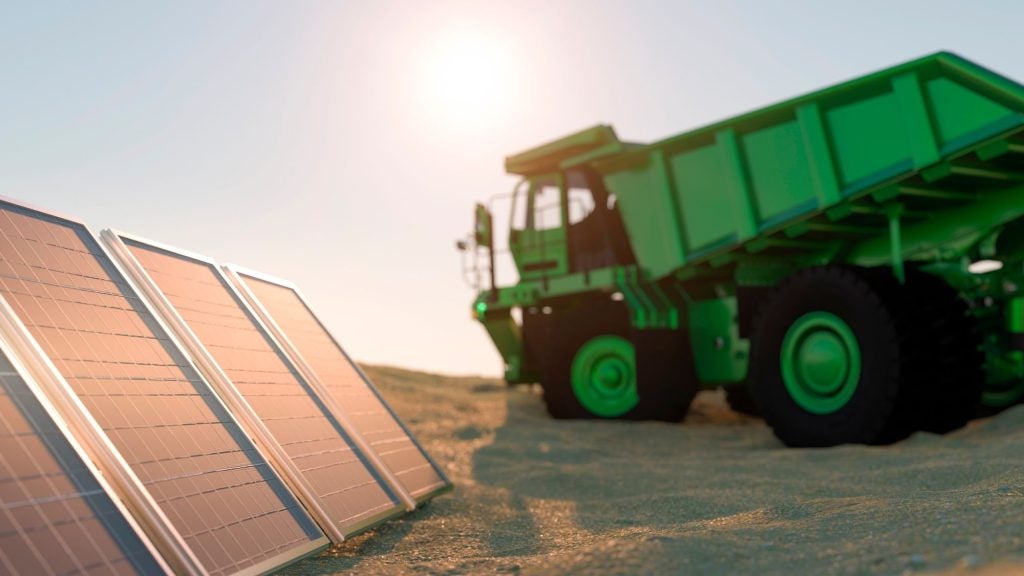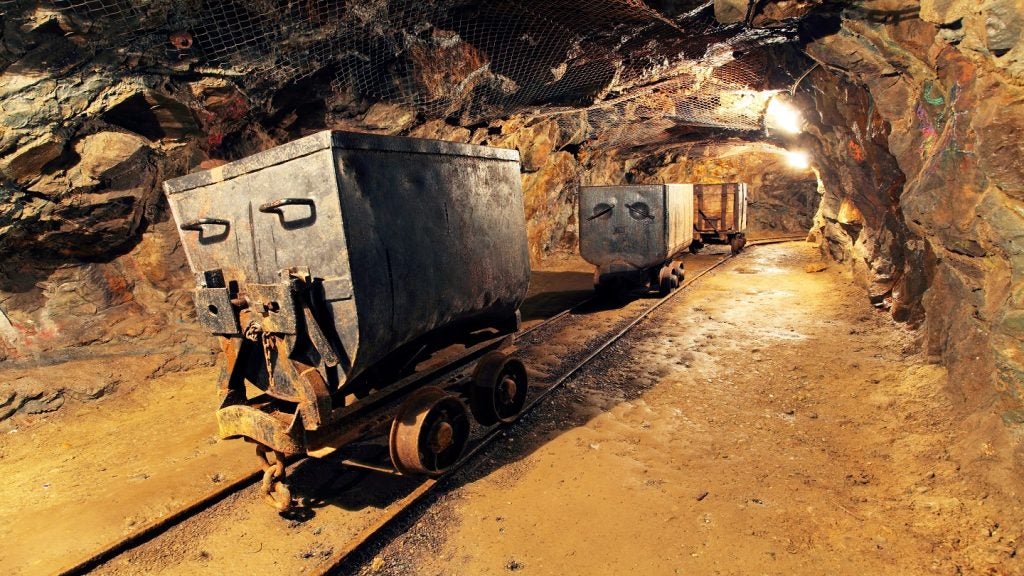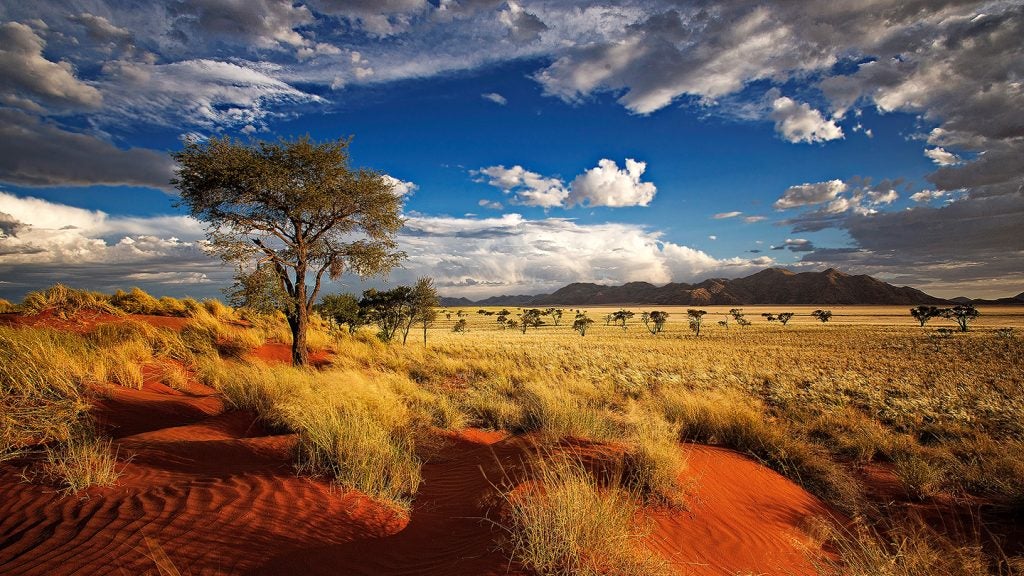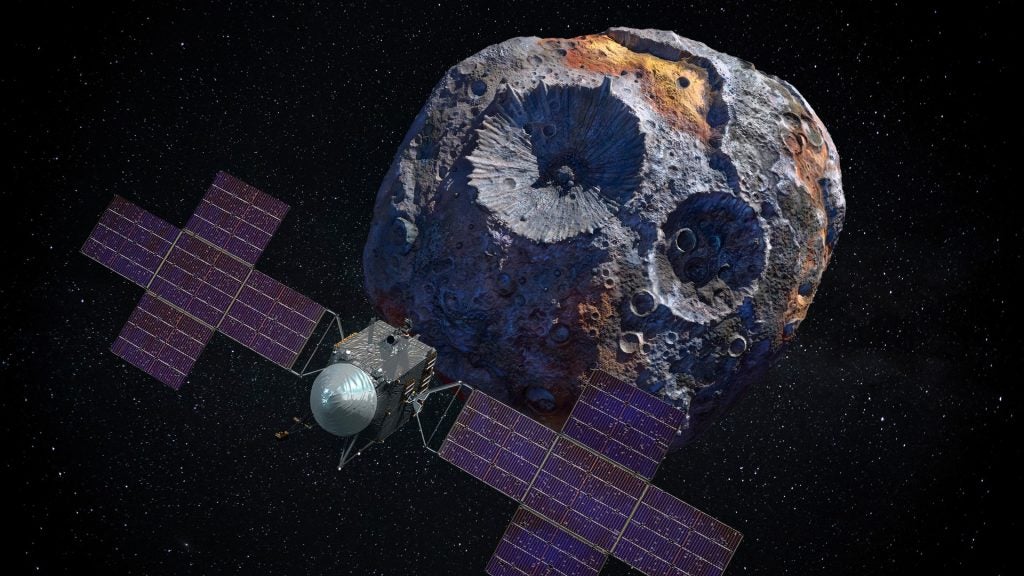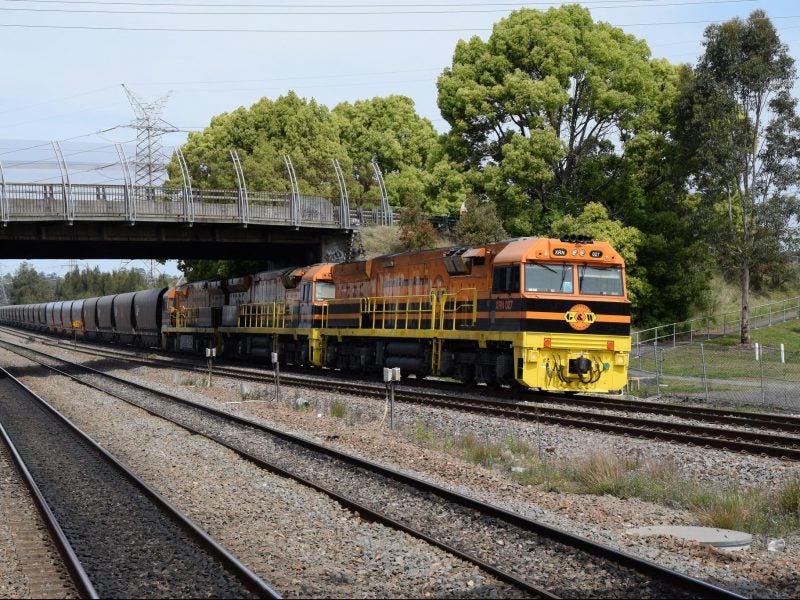
Credit: Queensland Rail
In February, torrential rainfall of over a metre in Queensland derailed a stowed Glencore train, wrecking 21 ore-carrying wagons, damaging 16 bridges and suspending travel over 307km of track. While the historically severe rains, breaking records for daily and monthly rainfall totals in parts of the state, were a key factor in the accident, the destruction has raised questions about what can be done to prevent similar incidents from taking place.
The relative lack of infrastructure around the Mount Isa line, which covers close to 1,000km and connects the mining town of Mount Isa with the port city of Townsville, slowed down relief efforts. Officials were forced to wait for the ground to solidify before deploying heavy machinery to recover the damaged trains, vehicles to transport engineers to the flooded tracks and fences to mark out an exclusion zone to protect local people and wildlife.
While the speed of the recovery work, combined with the suddenness with which the rains subsided after the deluge, means that Queensland Rail hopes to reopen the line by the end of April, rather than August as was originally planned, the lack of access to and infrastructure around the damaged line did not help relief efforts.
The accident’s potential for significant environmental damage has also raised questions about the transport and storage of ore. The damaged wagons were carrying zinc and lead concentrates, and while these minerals are relatively insoluble, the volume of water built up around the line could lead to the chemicals being transported a considerable distance away from the train. The Australian Department of Environment and Science issued a clean-up notice to Glencore and rail companies Queensland Rail and Pacific National, involving each company in the clean-up operations.
This is not the first incident to leak toxic materials into the Queensland countryside, following a similar derailing in 2015 that saw 819,000 litres of sulphuric acid leaked into the ground just 30km from the Nelia site. While the two incidents were caused by different events, the leak of hazardous chemicals into the same region of Queensland will be a concern for environmental groups, who may point to faults in the security of the ore-carrying wagons or the lack of failsafe systems to prevent the leak of these minerals in the event of an emergency.
However, officials have taken a number of steps to minimise the collateral damage from the disaster. While the 2015 derailing saw an area of 50m around the train declared a no-go area, and aircraft prevented from flying overhead, Queensland Rail has already built a 1.2km diversion line around the Nelia site. The work required 400 members of staff working 160,000 hours over a ten-week period, and engineers were brought in from across the rail network to complete the construction.
How well do you really know your competitors?
Access the most comprehensive Company Profiles on the market, powered by GlobalData. Save hours of research. Gain competitive edge.

Thank you!
Your download email will arrive shortly
Not ready to buy yet? Download a free sample
We are confident about the unique quality of our Company Profiles. However, we want you to make the most beneficial decision for your business, so we offer a free sample that you can download by submitting the below form
By GlobalDataQueensland Rail also used drones to assess the damage, keeping workers out of harm’s way and providing information quickly to guide relief efforts. Responses like these that are holistic and take advantage of new technologies could be the most effective in dealing with similar accidents should they happen in the future.



